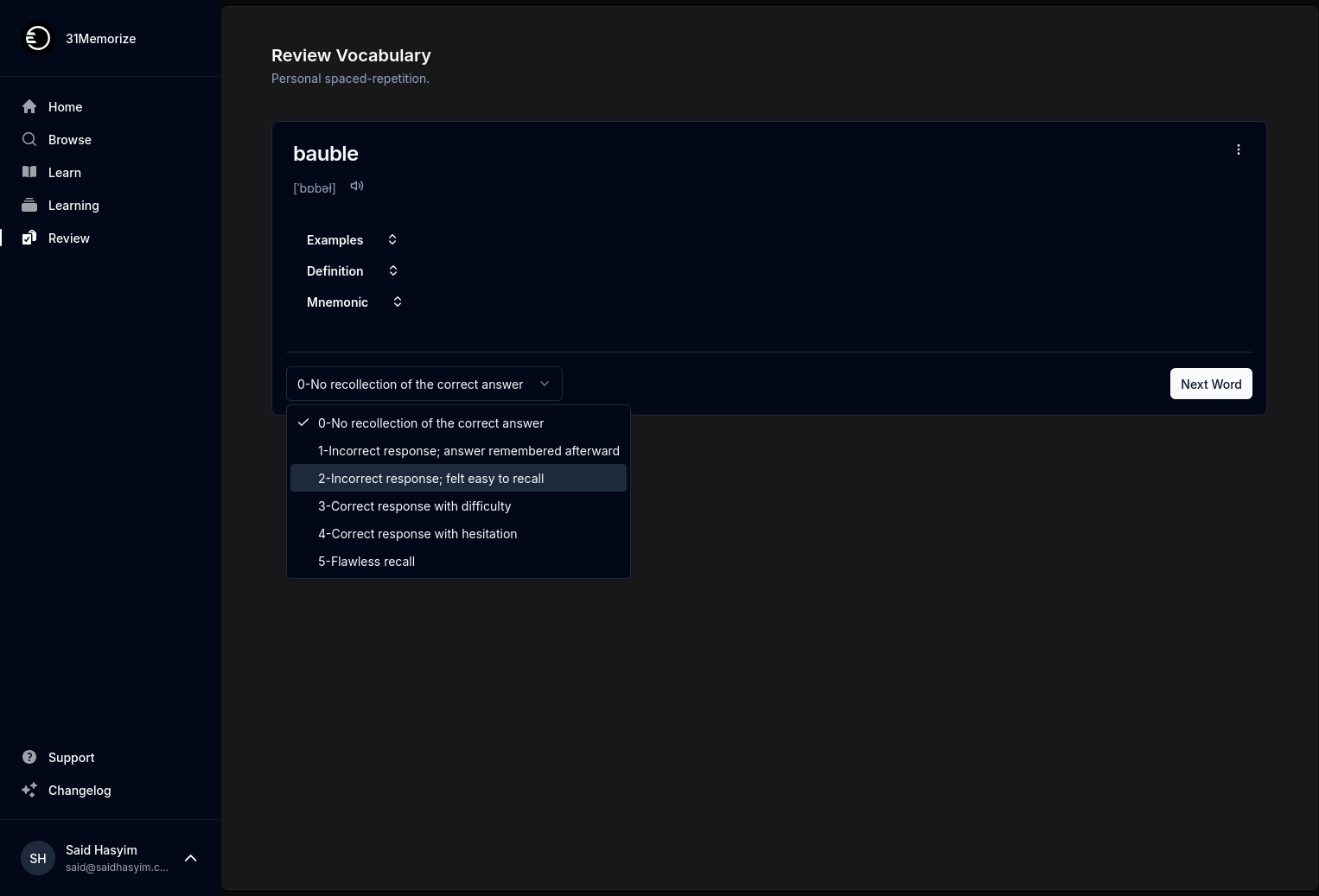Fostering a Feedback Culture among Your Readers
In the rapidly evolving landscape of digital content, fostering a feedback culture among your readers is essential for sustained growth and engagement. Feedback is a two-way street: it allows you to gain invaluable insights into your audience's preferences, while also making your readers feel valued and involved in the content creation process. In this blog post, we’ll explore the importance of fostering a feedback culture, effective strategies to implement it, and potential benefits for both you and your audience.
Why Fostering a Feedback Culture Matters
1. Understanding Your Audience Better
Feedback provides insights into the needs, preferences, and interests of your readers. By encouraging your audience to share their thoughts, you can gain a deeper understanding of what resonates with them and tailor your content accordingly. This not only enhances the relevance of your work but also builds a more connection with your readers.
2. Building a Community
When readers feel their opinions matter, they are more likely to invest themselves in your content. By creating a feedback culture, you empower your readers to voice their opinions, thereby fostering a sense of community. This shared space for dialogue creates stronger bonds between you and your audience, as well as among the readers themselves.
3. Continuous Improvement
Receiving constructive criticism can be a game-changer in enhancing the quality of your content. Embracing feedback allows you to identify areas for improvement, experiment with new ideas, and ultimately innovate your content strategy. A culture of feedback keeps you on your toes, pushing you to evolve and stay relevant.
4. Accountability and Transparency
Encouraging feedback instills a sense of accountability. When readers feel free to express their thoughts, you are more likely to take responsibility for the quality of your work. It also promotes transparency, as you show willingness to listen and act upon suggestions, which further strengthens your credibility as a content creator.
Strategies for Fostering a Feedback Culture
1. Make Feedback Accessible
One of the first steps to foster a feedback culture is to offer multiple channels through which your readers can share their thoughts. Consider using:
- Comment Sections: Enable comments on your blog posts, allowing readers to share their immediate reactions.
- Social Media: Use platforms like Twitter, Instagram, or Facebook to engage readers in conversations.
- Surveys and Polls: Create informal surveys or polls to collect structured feedback on specific topics or content.
- Emails and Newsletters: Encourage readers to reply to your newsletters with their thoughts or suggestions.
2. Create Encouraging Content
While asking for feedback is important, presenting it positively is equally vital. Craft your content in a way that invites opinions. For example:
- Pose Questions: End your posts with open-ended questions to encourage discussion.
- Solicit Opinions on Topics: Encourage readers to share their take on controversial subjects or trends in your niche.
3. Respond and Acknowledge
Once feedback begins to roll in, make sure to acknowledge it. Respond to comments in your comment section, show appreciation for social media mentions, and thank readers for filling out surveys. Acknowledgment can motivate readers to continue sharing their thoughts.
4. Use Feedback Constructively
It's essential to show your readers that you take their opinions seriously. If multiple readers point out a particular area for improvement, address it in future content. Share updates about how you’ve implemented suggestions, demonstrating that feedback leads to tangible changes.
5. Host Regular Feedback Sessions
Consider hosting regular feedback sessions, such as Q&A forums, live chats, or webinars. This could provide a structured opportunity for readers to express their views, ask questions, and offer suggestions. These interactive sessions can elevate the relationship between you and your audience.
6. Foster a Safe Space for Feedback
To create an environment where readers feel comfortable providing feedback, it’s crucial to establish a sense of safety and respect. Encourage constructive criticism and make it clear that all opinions are welcome — even those that differ from your own — while also implementing guidelines against negativity and disrespect.
7. Highlight Reader Contributions
Acknowledge and celebrate readers who contribute meaningful feedback. Feature a "Reader of the Month" or “Top Commenters” section on your blog or social media channels. This recognition shows that you value their input and encourages others to participate.
Benefits of a Feedback Culture
1. Enhanced Engagement
By fostering a culture of feedback, you cultivate deeper engagement with your readers. When they feel heard and valued, they are likely to return and participate more actively with your content.
2. Growth Opportunities
Constructive feedback opens doors for growth and improvement. It allows you to refine your skills, expand your knowledge, and explore new content avenues based on your audience's needs.
3. Strengthened Relationships
A feedback culture helps to form stronger bonds between you and your readers, making your content feel more personal and relatable. This synergy leads to a supportive community that champions your work.
4. Increased Loyalty
When readers see that you genuinely care about their input and are willing to make changes based on their suggestions, loyalty naturally follows. Loyal readers are often your most vocal advocates, bringing more visibility to your content.
Conclusion
Fostering a feedback culture among your readers is a powerful strategy for enhancing your content and building strong relationships within your community. By making feedback accessible, creating inviting environments for discussion, and actively engaging with your audience, you can create a continuous cycle of dialogue that benefits both you and your readers.
In a world where everyone has opinions, making readers feel heard is essential. So take the leap, and start cultivating a feedback culture today. You might just find that the insights gained will skyrocket your content to new heights while enriching the reader experience.
